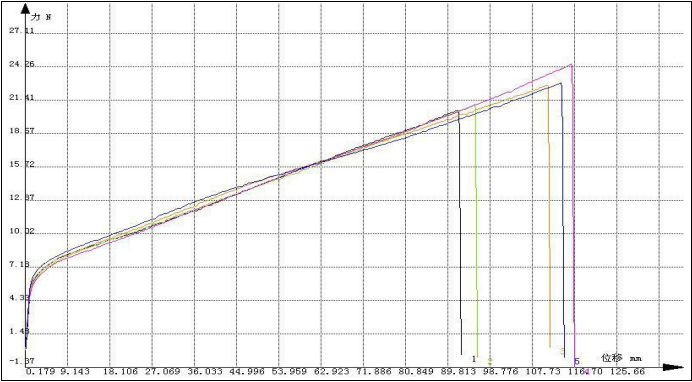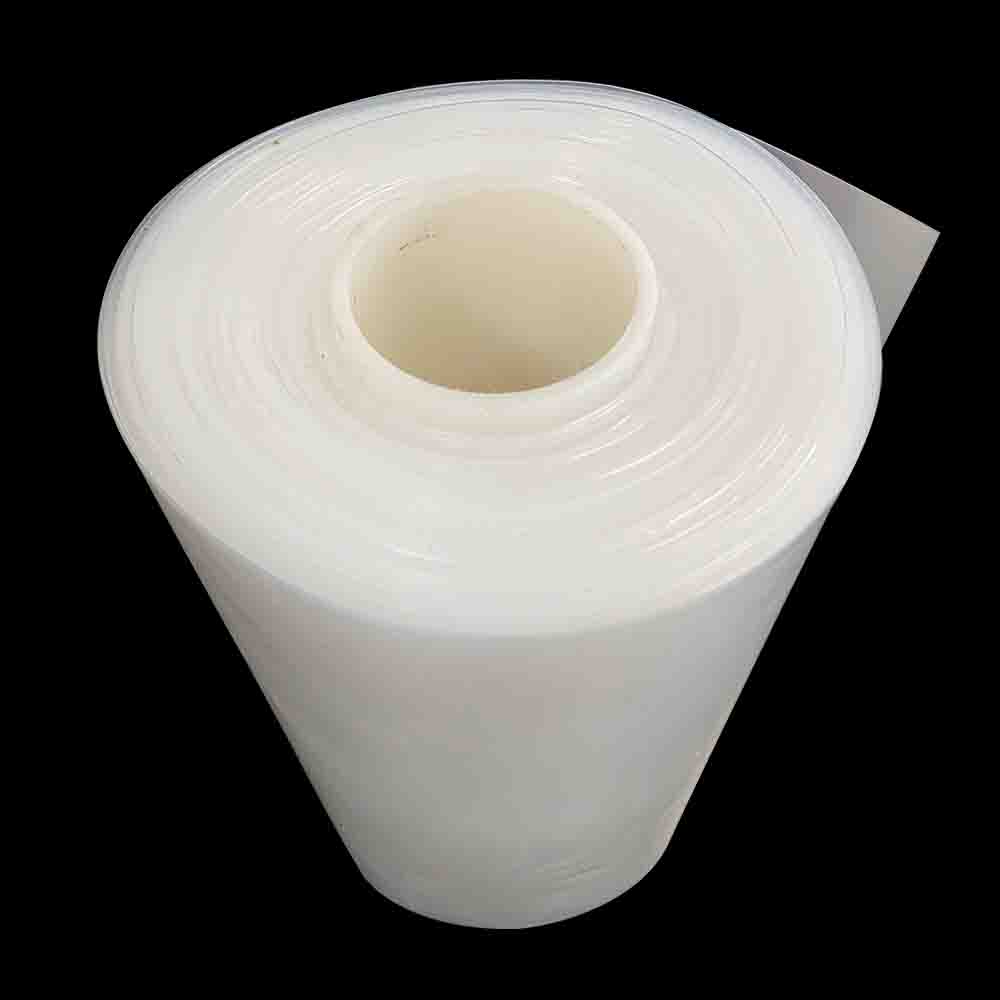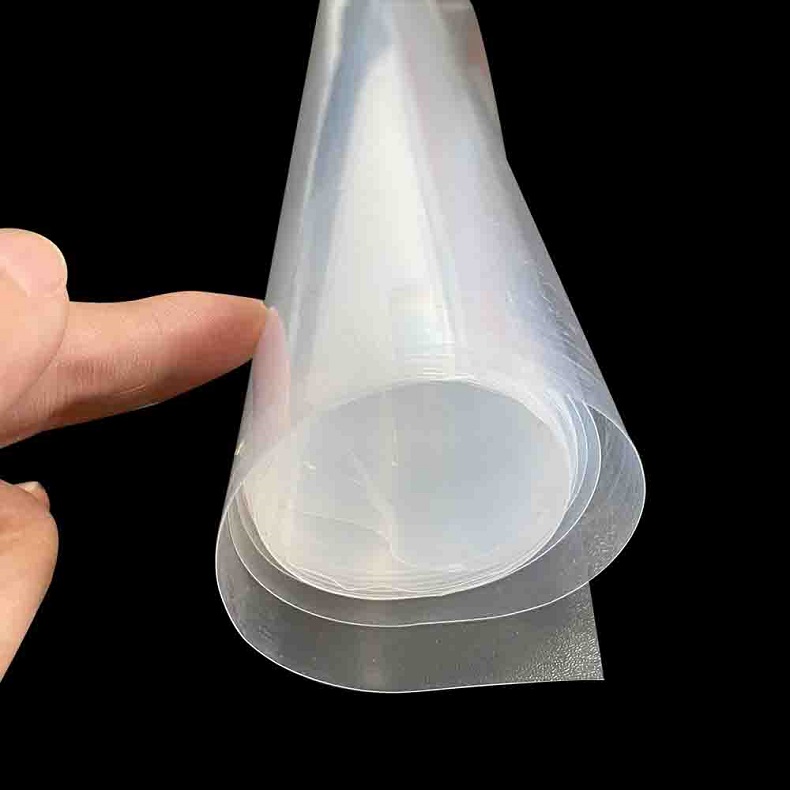When the Autodesk Gallery first opened its doors in 2008, it became San Francisco’s first dedicated space for design and innovation. It was a place where the transformative power of Autodesk technology was showcased, inspiring visitors with real-world applications that pushed the boundaries of what was possible.
Over the past decade, the pace of innovation has only accelerated. Industries are digitizing faster than ever before, and Autodesk customers continue to use our tools to tackle some of the world's most pressing challenges. Together, we remain committed to creating a better future—one that is designed and built for everyone.
We’re thrilled to announce the complete reimagining of the Autodesk Gallery, now located at One Market in San Francisco. After a major renovation and expansion completed in December 2021, the gallery offers an entirely new experience, filled with immersive exhibits and interactive storytelling that celebrate the global community of innovators powered by Autodesk technology.
**The Autodesk Gallery: Immersive, Interactive, and Rooted in the New Possible**
In September 2021, Autodesk launched a bold, optimistic, and action-driven brand identity. As a physical embodiment of this new vision, the gallery serves as a space to reflect on the positive impact we can achieve together—and to explore what’s possible today and tomorrow.
The renovation process, which ran from November 2020 to December 2021, was not without its challenges. The ongoing pandemic introduced unforeseen obstacles, but it also reinforced the importance of adaptability and resilience—qualities that define both our team and our customers.
Throughout the project, health and safety were top priorities. We implemented strict protocols, maintained physical distancing, and used Autodesk tools like BIM 360, Revit, AutoCAD, and Navisworks to manage the design and construction process remotely. This approach mirrored the real-world challenges our customers face daily and highlighted how our software helps teams stay productive and safe, even in uncertain times.
The gallery’s design also evolved to accommodate post-pandemic needs. Features such as touch-free buttons and sensor-activated interactive content were added to ensure a safer and more engaging experience for future visitors.
While the gallery will open for select tours and events in 2022, you can take a virtual walk-through of this inspiring space right now. Explore the new exhibits and discover how Autodesk technology is shaping the future of design and making.
**Entering the World of Autodesk**
As soon as guests step off the elevator, they are immediately immersed in the transformed space. A large-scale looping video greets them, showcasing the breadth and depth of Autodesk’s capabilities and the work of its global customers. At the other end of the lobby, a modern reception desk invites visitors to explore the gallery’s new, dynamic identity.
[Image: Lobby of the reimagined Autodesk Gallery in San Francisco, CA.]
[Image: Lobby of the reimagined Autodesk Gallery in San Francisco, CA.]
[Image: Interior of the reimagined Autodesk Gallery in San Francisco, CA.]
**Autodesk Gallery Exhibits and Experiences**
At its heart, the gallery celebrates the innovative work of Autodesk customers across industries. Alongside Autodesk-focused experiences, there are 13 customer stories that highlight cutting-edge solutions, breakthroughs, and forward-thinking visions for a better future.
One example is **Build Change**, a nonprofit that uses Autodesk technology to help communities rebuild after natural disasters. Another is **LAIKA**, an animation studio that brings films to life using Autodesk tools. **NASA’s Jet Propulsion Laboratory** has also partnered with Autodesk to optimize spacecraft designs through generative design. Meanwhile, **Hyundai** showcases its Ultimate Mobility Vehicle, a prototype that pushes the limits of ground vehicle mobility.
**Perkins & Will** highlights how Autodesk technology enabled the design of a groundbreaking timber tower, exploring new frontiers in robotic construction and modularity.
In addition to these customer stories, the gallery features three Autodesk-focused experiences:
- **Spectrum** honors the people behind innovation with interactive portraits.
- **Prism** serves as a central hub where visitors can engage with multi-choice questions and interactive displays.
- **Future Communities**, developed in partnership with the Smithsonian, allows guests to collaborate with AI to design sustainable, resilient communities.
The gallery also includes a new **Executive Briefing Center** and a flexible **event space**, offering unique opportunities for executives and special events.
[Image: Conference room at the Autodesk Gallery.]
From start to finish, the redesigned Autodesk Gallery delivers an inspiring and thought-provoking experience. If you're interested in learning more or planning a visit, be sure to check out the official Autodesk Gallery website.
Learn and see more on the Autodesk Gallery website.
PTFE Film
PTFE film is made of polytetrafluoroethylene dispersion resin, premixed, extruded, calendered, bidirectional stretching and other special processes of the production of microporous film, divided into clothing film, Puwei waterproof film, filter film, purification film.
Introduction and microstructure of PTFE membrane
PTFE film is made of polytetrafluoroethylene (PTFE) as raw material by special process, calendering, extrusion, bidirectional stretching and other methods of microporous film.PTFE membrane can be divided into clothing membrane, air filtration membrane, air purification membrane.PTFE film has fibrous microporous structure, porosity is more than 85%, there are 1.4 billion micropores per square centimeter, pore size range 0.02μm -- 15μm.
The main structure
1. The surface morphology of PTFE microporous film is a spider mesh microporous structure.Pore is formed between the microfibers, and the direction of microfibers is basically parallel to the stretching direction.The junction of the fiber bundle is a node, which is formed by the entanglement of many microfibers.
2.PTFE membrane is an asymmetrical membrane, and there are differences in micropore size between the positive and negative sides of the membrane.
3. The cross section micropore size of the membrane is larger than that of the surface micropore size, and the vertical and horizontal micropore size is also different, and the longitudinal micropore size is larger than the transverse micropore size.
4. The cross section of the membrane is a network structure, and there are very complex changes in the three-dimensional structure of the holes, such as network connectivity, hole inlaid sleeve, and channel bending, etc. There may be a number of microholes to form a channel, or a microhole may be connected with a number of channels.



Ptfe Polytetrafluoroethene Film,Ptfe Plastic Film,Ptfe Film Roll,Ptfe Hydrophilic Film
Shandong Top Leader Plastic Packing CO., LTD , https://www.sdzlplastic.com


